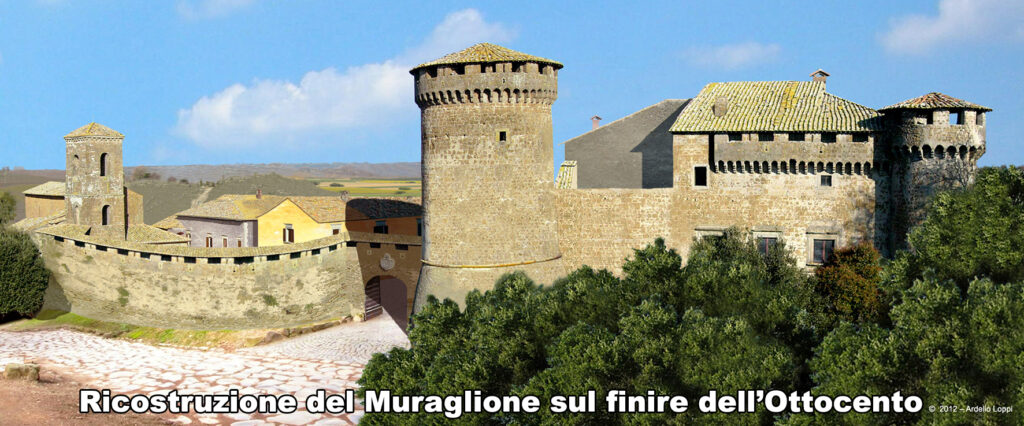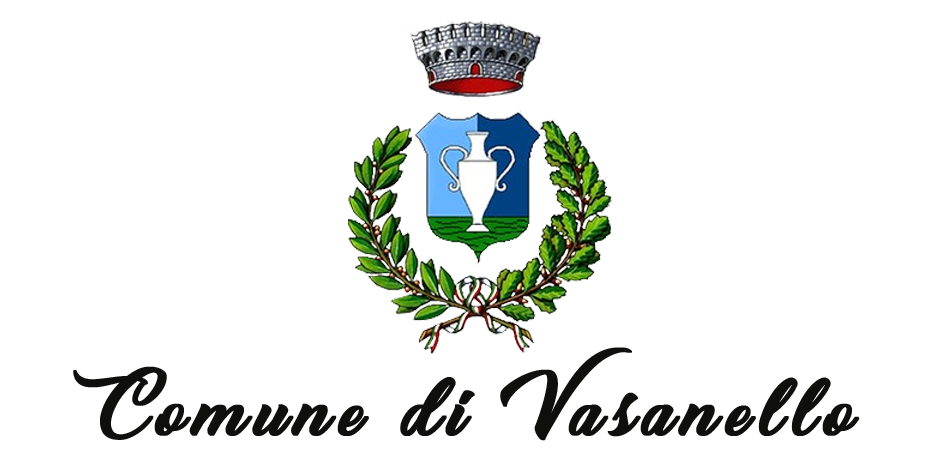Il Muraglione
The Muraglione

Ancora nel 1885 il torrione orientale del castello, i’ Trujone, com’è da sempre chiamato dai bassanellesi, è unito alla torre campanaria della chiesa di Santa Maria Assunta da un imponente muro, Il Muraglione, appunto, dal quale si accede al borgo da una porta – con sopra dipinta l’effige del patrono San Lanno – situata a ridosso del torrione stesso.
Due anni prima, nel maggio 1883, sindaco Antonio Mariani, in consiglio comunale era stata avanzata la proposta di abbattere questo muro per i seguenti tre motivi: abbellimento del paese, utile derivante dai sassi della demolizione e non ultima la pubblica sicurezza poiché da troppi usato a mo’ di vespasiano.
Il consiglio aveva accolto questa proposta, ma, come era prevedibile, ad essa si oppose il principe Maffeo Barberini Colonna di Sciarra, proprietario del castello, asserendo che non poteva essere il comune a decidere la sorte di un muro che egli riteneva di sua esclusiva proprietà.
Questo perché, oltre ad essere parte dell’antica fortificazione del feudo, de secoli questo muro fungeva da “passetto” per permettere ai feudatari di recarsi nella chiesa di Santa Maria “senza mischiarsi al volgo”.
Ci vogliono un paio d’anni affinché le parti addivengano ad un accordo – a seguito di lungo epistolario tra il sindaco Mariani e lo Sciarra – ed infine, purtroppo, nel 1885 lo storico Muraglione viene buttato giù.
As late as 1885, the eastern tower of the castle, known as “Il Trujone” as it has always been called by the people of Bassano, was connected to the bell tower of the Church of Santa Maria Assunta by an imposing wall, known as “Il Muraglione.”
From this wall, one could access the village through a gate adorned with the image of the patron saint, San Lanno, located right next to the tower. Two years earlier, in May 1883, under the mayorship of Antonio Mariani, the proposal to demolish this wall was brought before the town council for three reasons: beautification of the town, the useful stones to be salvaged from the demolition, and, last but not least, public safety, since it had been used by many as a latrine.
The council approved the proposal, but, as was to be expected, it was opposed by Prince Maffeo Barberini Colonna di Sciarra, the owner of the castle, who argued that the municipality had no right to decide the fate of a wall that he considered his exclusive property.
This was because, in addition to being part of the ancient fortifications of the feudal estate, for centuries, this wall had served as a “passetto,” allowing the feudal lords to reach the church of Santa Maria “without mixing with the common folk.” It took a couple of years for the parties to reach an agreement—following a long correspondence between Mayor Mariani and Sciarra—and finally, unfortunately, in 1885, the historic Muraglione was torn down.


